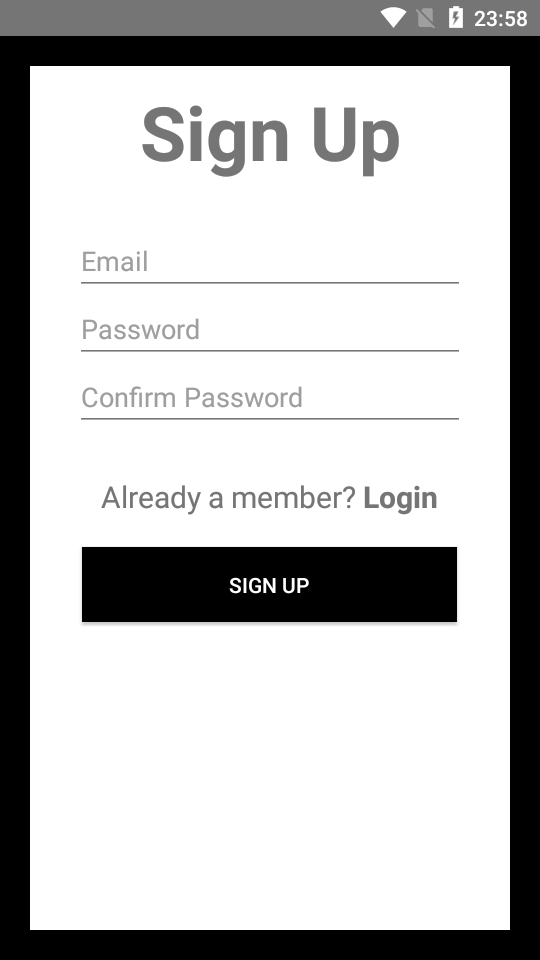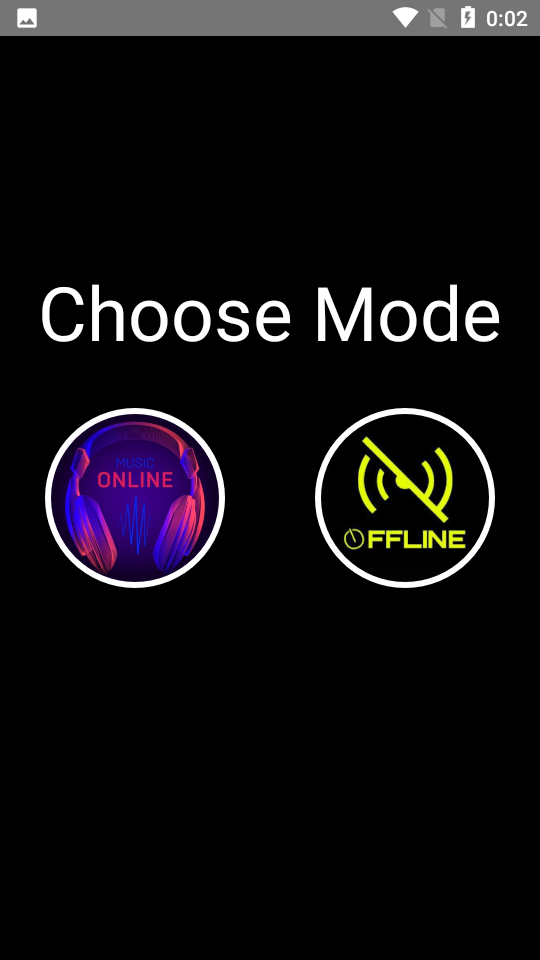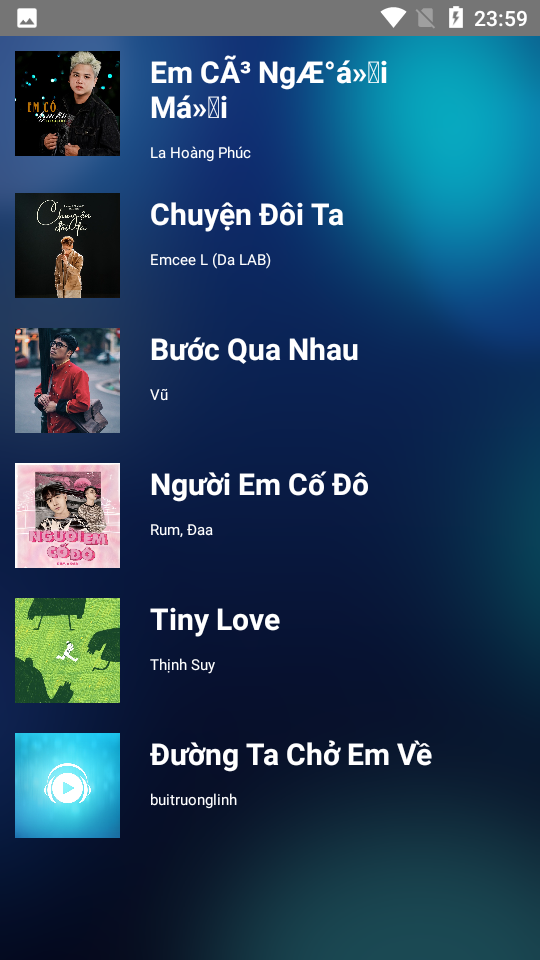This is the app that I and my friends developed in 2 months based on Spotify. We built this app all by ourselves and only took inspiration from the Spotify interface.
- Clone this repository and import into Android Studio:
git clone git@github.com:Megakawa/MediaPlayerApp.git- Connect your phone (Emulator is fine) (Android only)
- Enjoy
Follow instruction from here
- Generate a keystore
keytool -genkey -v -keystore your_key_name.keystore -alias your_key_alias -keyalg RSA -keysize 2048 -validity 10000- Adding Keystore to your project
mv my-release-key.keystore /android/app- Change android/app/build.gradle
android {
....
signingConfigs {
release {
storeFile file('your_key_name.keystore')
storePassword 'your_key_store_password'
keyAlias 'your_key_alias'
keyPassword 'your_key_file_alias_password'
}
}
buildTypes {
release {
....
signingConfig signingConfigs.release
}
}
}
- Release APK Generation
cd android
./gradlew assembleRelease
- Add firebase to your android app
- Create a Firebase Cloud Firestore database
- Create a default Firebase Cloud Storage bucket
- Create a Firebase Realtime Database
Edit FIREBASE_DATABASE_URL in src/constants/index.ts to match your Firebase Realtime Database as noted in here
The offline feature is required you to create a folder for each music songs and named it exactly like the song's name. Then puts it to your local \Music folder.
From Android Studio:
- Build menu
- Generate Signed APK...
- Fill in the keystore information (you only need to do this once manually and then let Android Studio remember it)
This project is mantained by:
-
App login screen:
-
App SignUp screen:
-
Choose Mode screen:
-
OnlineFeature Screen:
-
OnlineFeature ListSong Screen:
-
OnlineFeature PlaySong Screen:
-
OfflineFeature screen:
- Fork it
- Create your feature branch (git checkout -b my-new-feature)
- Commit your changes (git commit -m 'Add some feature')
- Run the linter (ruby lint.rb').
- Push your branch (git push origin my-new-feature)
- Create a new Pull Request






